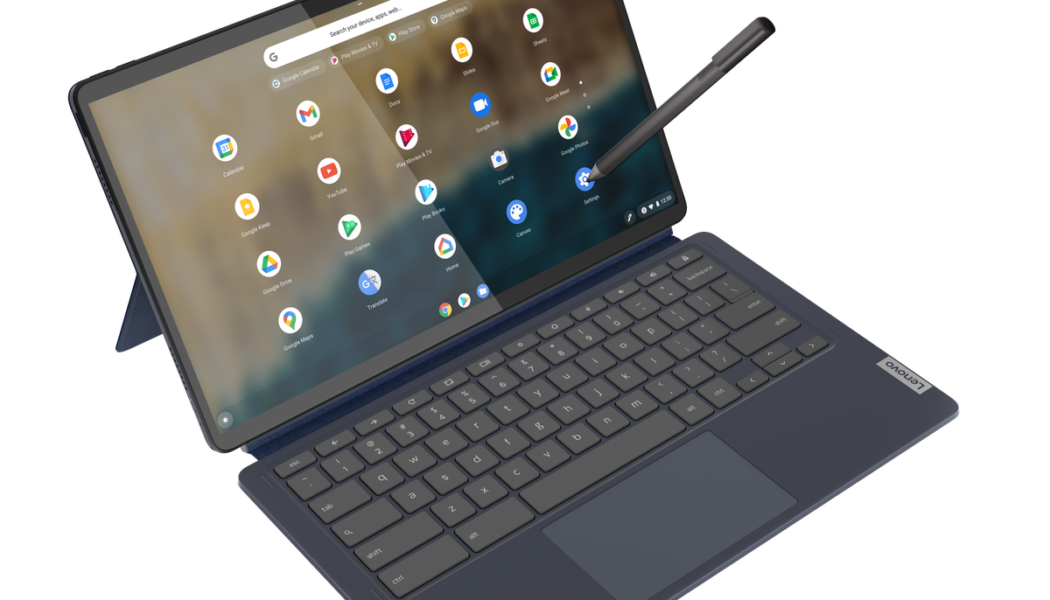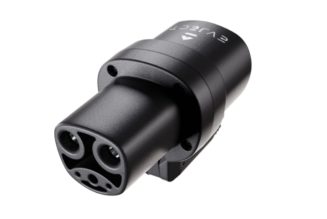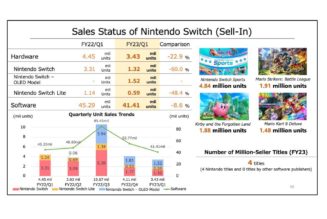Over a year after it was unveiled, Lenovo’s category-defining Chromebook Duet is getting a sequel. The Chromebook Duet 5 (branded as the IdeaPad Duet 5 Chromebook outside of North America) is a head-to-toe reimagining of the detachable budget-oriented Duet, with a higher price, a new processor, and — most interestingly — a 13.3-inch OLED screen.
Lenovo says the Duet 5 is likely the first of multiple additions to the Duet line, in an ambitious effort to bring the detachable form factor to multiple price points. The company will continue selling the 10.1-inch Duet (for the time being).
The new OLED display covers 100 percent of the DCI-P3 color gamut, Lenovo says, and will emit “70 percent less blue light” than an LCD panel would, with the goal of delivering “incredible entertainment experiences.” OLED has long been a luxury signifier in the PC space, and with a starting price of $429.99, the Duet 5 will undoubtedly be one of the most affordable laptops ever to feature this technology.
This Chromebook is part of a wave of thin and light OLED laptops recently unveiled across the industry. Lenovo has also added Windows-powered OLED models to its IdeaPad line, and Asus has outfitted a number of its consumer and enterprise lines (including its budget-oriented VivoBook and ultraportable ZenBook) with the technology. The OLED craze isn’t out of thin air; Samsung (the world’s largest OLED vendor) announced in January that it would begin mass-producing laptop-sized 90Hz OLED screens this year.
:no_upscale()/cdn.vox-cdn.com/uploads/chorus_asset/file/22831666/Lenovo_Chromebook_Duet_5_Abyss_Blue_Slim_Light.png)
The Chromebook Duet 5 will be powered by Qualcomm’s Snapdragon 7c Gen 2 compute platform, announced in May. This chip is designed for entry-level laptops and recently appeared in Samsung’s $349 Galaxy Book Go. Reviewers have found that to be a bit slow so far, but Chrome OS is less demanding to run than Windows.
The detachable form factor, most popularly associated with Microsoft’s Surface Pro devices, has appeared on a variety of laptop lines this year. Asus now sells the Chromebook Detachable CM3, a direct (albeit more expensive) competitor to the Duet with a built-in stylus garage and a kickstand that folds both vertically and horizontally. On the very opposite end of the price spectrum is HP’s $1,629 Elite Folio, also powered by a Snapdragon processor (but running Windows and covered in leather). Earlier this year, Lenovo tried the form factor in an X-Series ThinkPad with the X12 Detachable, packing a beefier Intel Core i5.
Still, much of what made the original Duet such an attractive purchase was the combination of its low price, portability, and outstanding battery life. (We got well over 11 hours of continuous work in our testing.) The Duet 5 is heavier than the smaller Duet and significantly more expensive. (The predecessor starts at $279.) The Duet 5 has a different processor from the Duet and a screen that’s traditionally more power-hungry, so battery life is a question mark. (Lenovo’s most recent attempt at an OLED detachable, the ThinkPad X1 Fold, had some… problems in that area.) A 13.3-inch OLED screen is certainly a neat prospect, but whether it’s a good value will be another story.
The Chromebook Duet 5 is expected to be available in October.









